Living Year-Round in a Summer Town: Is It Paradise or Purgatory?
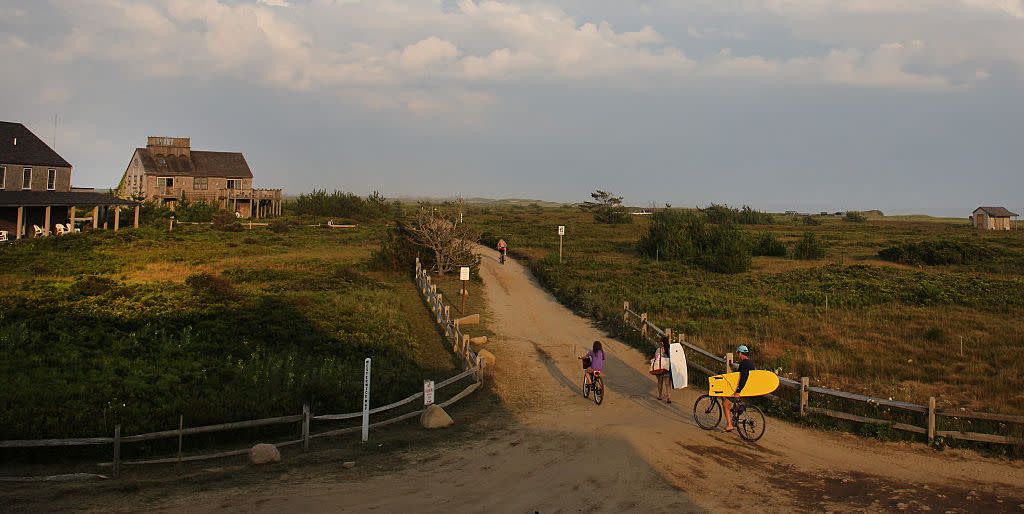
Traditionally, the day after Labor Day is known in the Hamptons as Tumbleweed Tuesday. It’s when all the Manhattanites have gone back to their Classic Sixes and private school pick-up routines and things on the eastern end of Long Island finally get quiet. But not last year.
“They were running out of caviar at Citarella this winter,” says Charlie Esposito, a longtime East Hampton resident, of the upscale grocery chain on the town’s quaint Main Street. “On a cold and gray Monday in March, I had lunch at Tutto Il Giorno, and every single table was taken, inside and out.”
Around the country, as city dwellers have decamped to live full time at their weekend or summer homes—or, in some cases, to buy new properties in a hurry and at height-of-the-market prices—the pandemic has changed the landscape of many tony enclaves. Communities that traditionally see a major population influx during prime beach months are now having to adjust to year-round congestion and the people doing the congesting are considering what it means to spend a second summer in a place where they’ve already stayed put for a year.

“I don’t know if I’m the only one, but my instinct is to travel somewhere different every week than to stay there for the summer,” says a Manhattanite who spent last summer and fall on lockdown at home in a seasonal town in Suffolk County. Invitations have been streaming in for social engagements, and “the idea of going to the same events and dinner parties is just not appealing to me. A neighbor said, ‘You’re not coming back this summer, are you?’”
The wife of a high-powered attorney who relocated from the Upper West Side to the Hamptons recently brought in a bag of 20 garments to Jeeves, a luxury dry-cleaner in New York City. She had trouble finding a place in the Hamptons that could clean her beaded, embroidered and pleated wardrobe to her liking. “Cleaning summer clothes is easy. Anyone can do that,” explains proprietor Jerry Pozniak. “She said, ‘I can’t take it out there anymore.’ Once the summer season ended, there was nothing to do. Everyone’s tired of athleisure. That’s what I’m hearing from my clients.”
At the antiques shop she opened in Southampton in 1986, Sue Madonia has seen a much younger clientele looking for furnishings this year for their newly purchased homes. “I’ve never been that busy in the winter,” she says. Meanwhile, older clients are keeping her stocked with new antiques as they move West and to Florida. “It’s easier selling it locally rather than taking it to auction,” Madonia says.
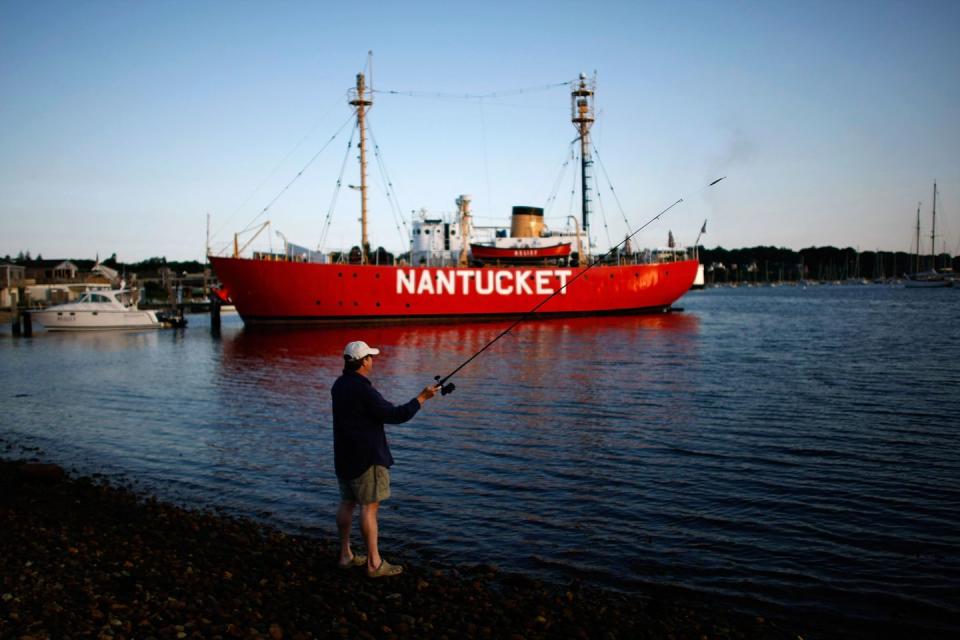
Other veteran year-rounders have bemoaned the emptier shelves at local secondhand shops that used to be goldmines. At the same time, new residents adapt to the fact that the local coffee shop may not make turmeric lattes. As we enter a second summer of the coronavirus pandemic, denizens of these towns are finding themselves in a new position, somewhere between weekender and true local.
It’s happening all over the country. Real estate is booming in places like Martha’s Vineyard and Nantucket; the quaint lakeside towns of Michigan and Wisconsin; and in Montecito, California, even if the area suffered from destructive mud slides just three years ago and is still a red zone.
“What I used to love about Montecito is how understated it was,” says one Santa Barbara resident who recently relocated from the posher neighboring village. “Now everyone’s super dolled-up, wearing Louboutins at dinner. I’m not that fancy as it turns out.” She also notes that over the last few months the local public school drew a much showier crowd. “You see lots of Maseratis and G Wagons. And there’s an intense energy around town; it’s schmoozy, and not as kind.”
Longtime residents are bemoaning the 30-minute Saturday morning wait for croissants at Bree’Osh on the town’s main drag and the new need for reservations at the local institution Lucky’s Steakhouse. Homeowners on Riven Rock Road (near Meghan Markle and Prince Harry’s spread) are going batty over the influx of hikers tying up already nonexistent street parking to access Hot Spring Trails.
“People are a little protective of their small-town vibe. We live here because we don’t want to be stuck in traffic all the time,” says Amanda Lee, a luxury real estate specialist in the area. “Going into summer, I think people are definitely a bit weary of how busy it could be.”
It’s not just a problem in California. In the quaint lake towns around Michigan that are popular with Chicago’s upper crust, there’s a similar boom, and “you know how cold and dark Michigan is in the winter,” says Lani Goodrich, a West Palm Beach potter who spends summers in the town of Harbor Springs.
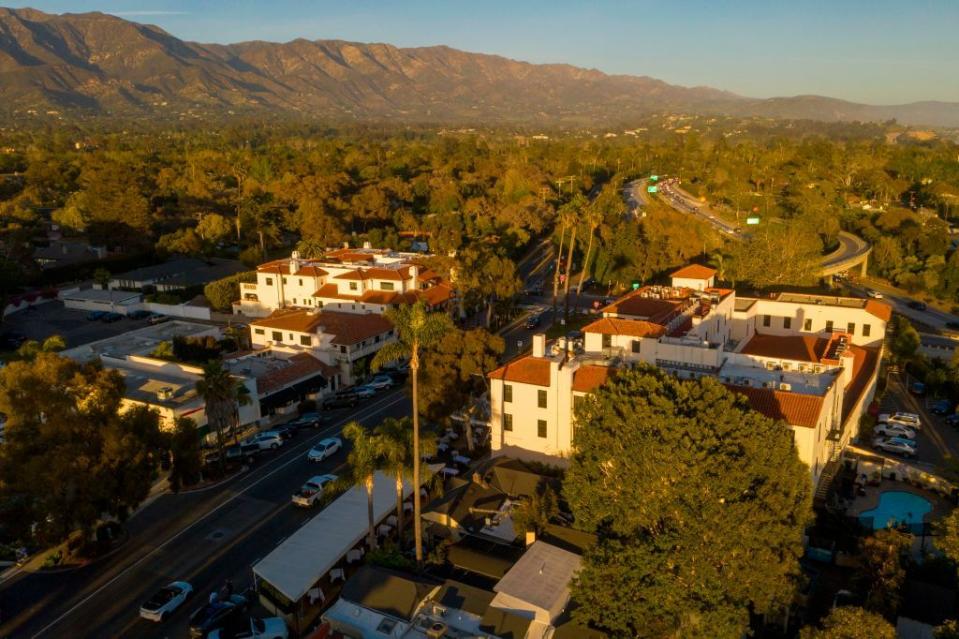
Chicago-based publicist Julia Cuddihy Van Nice describes her town of Three Oaks—a popular weekend and summer destination 90 minutes from the Windy City—as “what Water Mill was in the ’80s before all the madness. There are fabulous people everywhere, but people aren’t going there to be fabulous.”
Before 2020, you’d see a luxury car in the midst of six pick-up trucks, says a corporate lawyer from Chicago who owns a farm in Three Oaks. “Now it’s Range Rover, Range Rover, Range Rover, pick-up truck, Range Rover. An acquaintance of mine bought a house last August. She never realized we don’t have Instacart up here. I told her, ‘You need to go to the grocery store.’”
The attorney says she’s heard that local pool companies have wait lists into 2023. “At the moment, you have to go 300 to 400 miles away to find someone who can dig you a pool, and then put them up at the local Motel 6 for two months.”
Reservations for anything outdoors—from tennis to horseback riding lessons or boat trips—are already hard to come by for the summer. The attorney thankfully arranged in March for the Rollingstone Baker, a pizza truck from nearby Valparaiso, Indiana, to come to her home over Memorial Day, because “they’re booked every weekend [of the summer] now.”
“Nobody’s going to Europe this summer, and they want stuff to do,” she explains. “You can’t wait until the last minute. There’s just not enough options.”
Sometimes that involves importing what you like. Toni Canada, a philanthropist and human resources executive, found several ways to bring city niceties to her home in Three Oaks while getting used to the lack of restaurants and food delivery. “Our fishmonger in Chicago would FedEx crab legs. We started doing crazy stuff like that,” Canada remembers. But that only enhanced her newfound rural life. “It calms me down,” Canada says. “The clean air. The skies are so bright. You can see the stars here. I may not feel that way six months from now.”
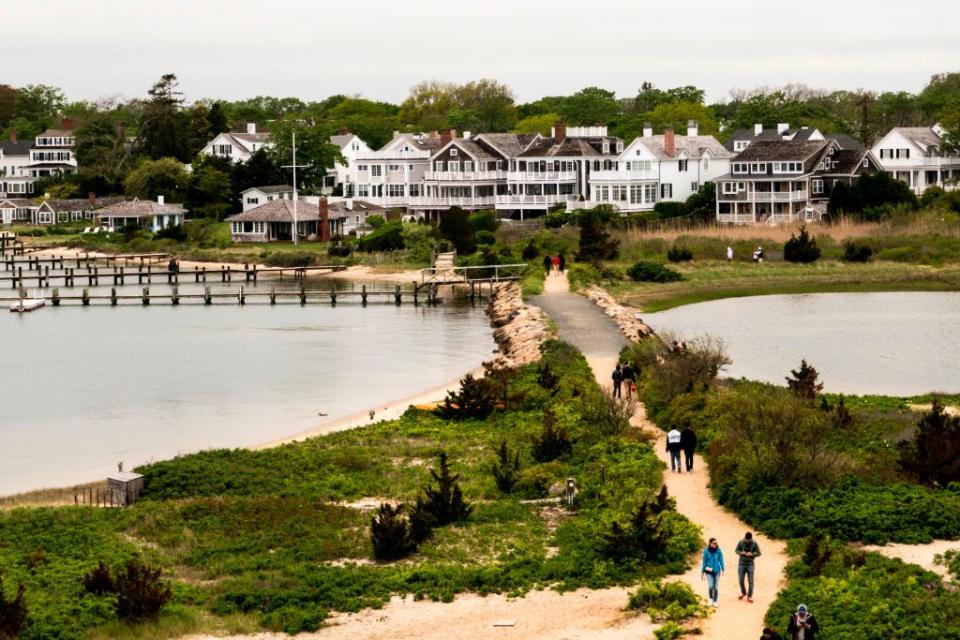
Ariel Ashe, an interior designer, has spent most of her life summering in the Chillmark region of Martha’s Vineyard, where she recently built a house. She’d always wanted to spend a winter there, “but these are not the circumstances I would have chosen,” she says.
“I knew it would be isolating,” Ashe says. “Still, I imagined cozy dinner parties with summer friends. But I didn't go to anyone's house.” She started to appreciate the seclusion more after a return trip home to the West Village, where the noise of the city from her bedroom window was especially rattling. So, even after a year on island, Ashe is content to hunker down again until Labor Day. “I’ve always loved summer here,” she says, “and I think now I’m going to appreciate it 10 times more.”
That appreciation is enhanced by now having access to the secrets that perhaps a full winter in a summer town can provide. Isabelle Fisher, an independent college counselor who splits her time between East Hampton and New York City, said, this winter, she observed Hamptons residents doing things “they’d never do in the summer—going hiking, going to the lighthouse. When you’d go to the beach on a Saturday morning in January there were people there. It was less about the Hamptons as a social place and more about appreciating the natural beauty.”
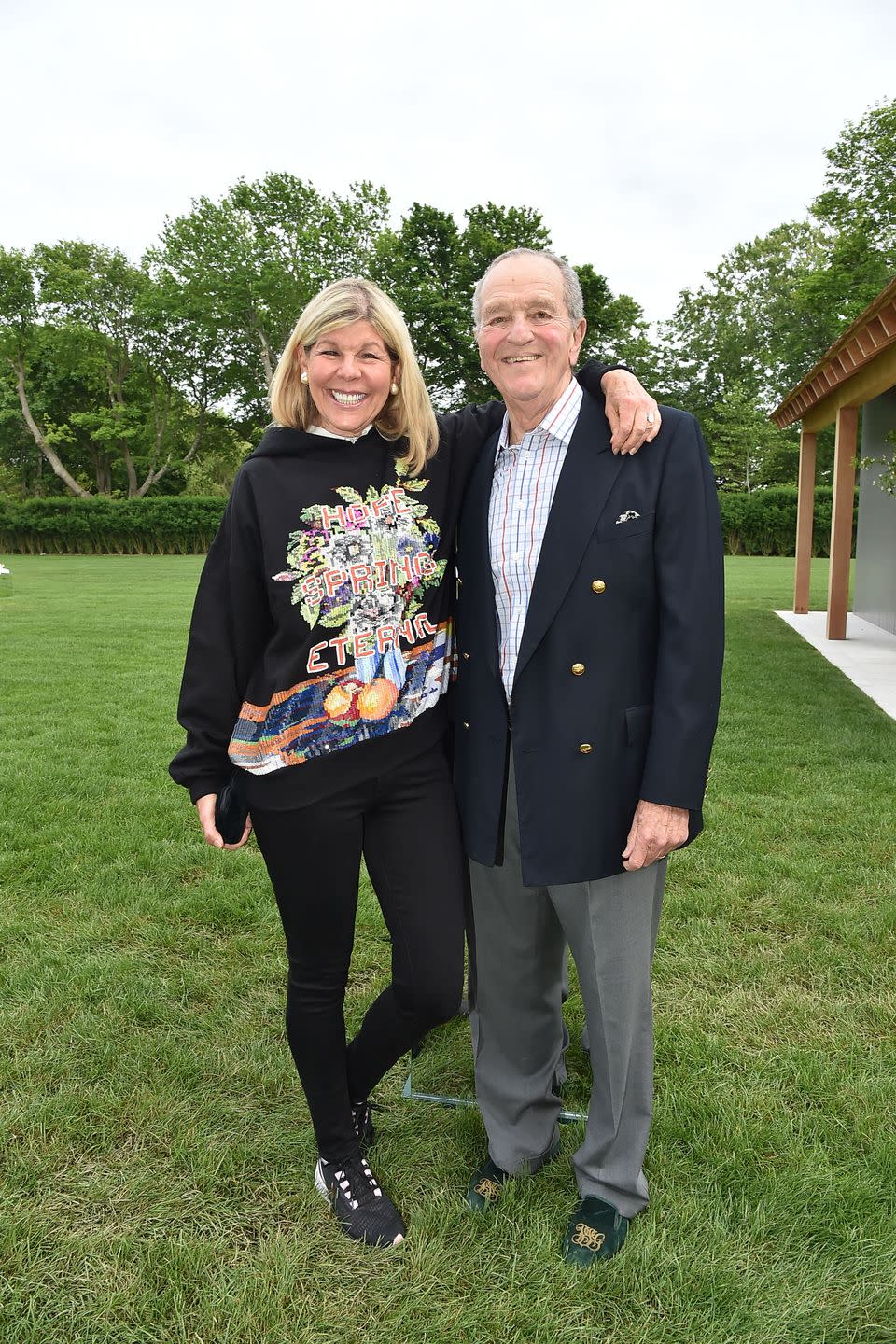
Jamee Gregory, an author and philanthropist, and her husband Peter, were concerned about the tedium of spending the year at their home in Southampton. When late November began rearing its gusty weather, “I thought, this is going to be horrible,” Gregory says. “But it was lovely. The whole winter there were maybe four days we couldn’t walk. I feel like a country bumpkin and I like it. It was a revelation.”
So was the breath of fresh air that comes when you suddenly have a empty social agenda. As her Southampton garden bloomed with spring daffodils and hyacinths, Gregory was fielding calls from her friends in Palm Beach, which Gregory describes in the time of Covid as “an alternate universe.”
Because of the business-as-usual way things were in South Florida this spring—nightly trips to Bilboquet for steak tartare, Friday night cookouts at the Bath and Tennis with five million of your closest friends, Instagram set-ups all over the lobby at the Colony— they were concerned she might already be booked.
“I assured them,” Gregory says with a laugh, “nothing else was on my calendar.”
You Might Also Like


